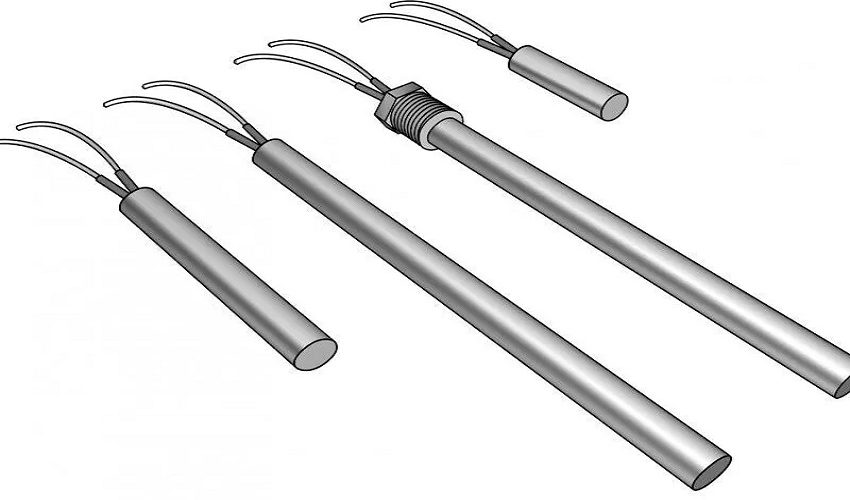There’s a curious kind of science behind the sleekly designed machines we use daily. We rarely pause to consider how our everyday devices function, let alone the elements that make them tick. One such overlooked component is the cartridge heater, a remarkably versatile device designed to provide precise, localized heat in a wide range of applications. Understanding how these heaters generate accurate heat allows us to appreciate their significance in our daily lives.
A Quick Dive into Cartridge Heaters
To begin, let’s define what cartridge heaters are. These are compact, tubular heating elements used to heat up specific sections of machines. Manufacturers often incorporate them into various applications that require high operating temperatures and significant thermal conductivity. Common uses include molds, dies, platens, and a plethora of other applications where controlled heating is crucial.
The Heart of Heat Generation: The Design
Before delving into the process of heat generation, it’s crucial to understand the unique design of cartridge heaters. These heaters typically comprise a cylindrical stainless-steel tube and come with a heating wire wound around a ceramic core. The air gaps are eliminated using high-grade magnesium oxide that is excellent at heat conduction. The entire assembly is then compressed to ensure maximum heat transfer from the resistance wire to the heater sheath.
Heating Up: The Science of Heat Generation
So, how do cartridge heaters generate heat? This question leads us to Joule’s first law of heating, which states that the heat generated by an electrical current passing through a conductor is directly proportional to the square of the current, the resistance of the conductor, and the time for which current flows. The wire wound around the ceramic core acts as the conductor. As the electricity flows through it, heat is generated, which is then efficiently transferred to the outer sheath and finally to the part that requires heating.
Precision Matters: The Role of Temperature Sensors
Precision is key in the operation of cartridge heaters. For them to provide the exact amount of heat required, they must be paired with accurate temperature sensors. These sensors control the electric current passing through the heating wire, ensuring that the heater does not overheat or underheat. This perfect synergy between the cartridge heater and its temperature sensor allows for heat to be generated and maintained with precision.
Cartridge Heaters: Sizing and Selection Matters
Just like any other device, the efficiency of a cartridge heater is deeply tied to its correct sizing and selection. It’s not enough to simply have a cartridge heater; it needs to be the right one for the job. The diameter, length, wattage, and voltage are all crucial considerations when selecting a cartridge heater.
For instance, the heater’s diameter should fit snugly into the application to allow for efficient heat transfer. The wattage must align with the required heat output, while the voltage should match the power supply.
Furthermore, the environment in which the heater operates may also influence the heater’s material. For corrosive conditions, a cartridge heater with a stainless steel sheath is recommended. On the other hand, for high-temperature applications, Incoloy sheathed heaters may be a better fit.
Conclusion: A Pivotal Player in our Technological Landscape
While they may seem mundane, cartridge heaters play a vital role in many of the devices we take for granted. Their ability to provide precise, controlled heat is central to the functioning of a broad range of applications, from industrial machinery to everyday appliances.
By understanding the science behind cartridge heaters, we gain a deeper appreciation for these nifty devices, and perhaps, a more profound respect for the complexities hidden within our everyday technologies. The harmony of physics, design, and precision culminates in their performance – making the cartridge heater a testament to human ingenuity.

